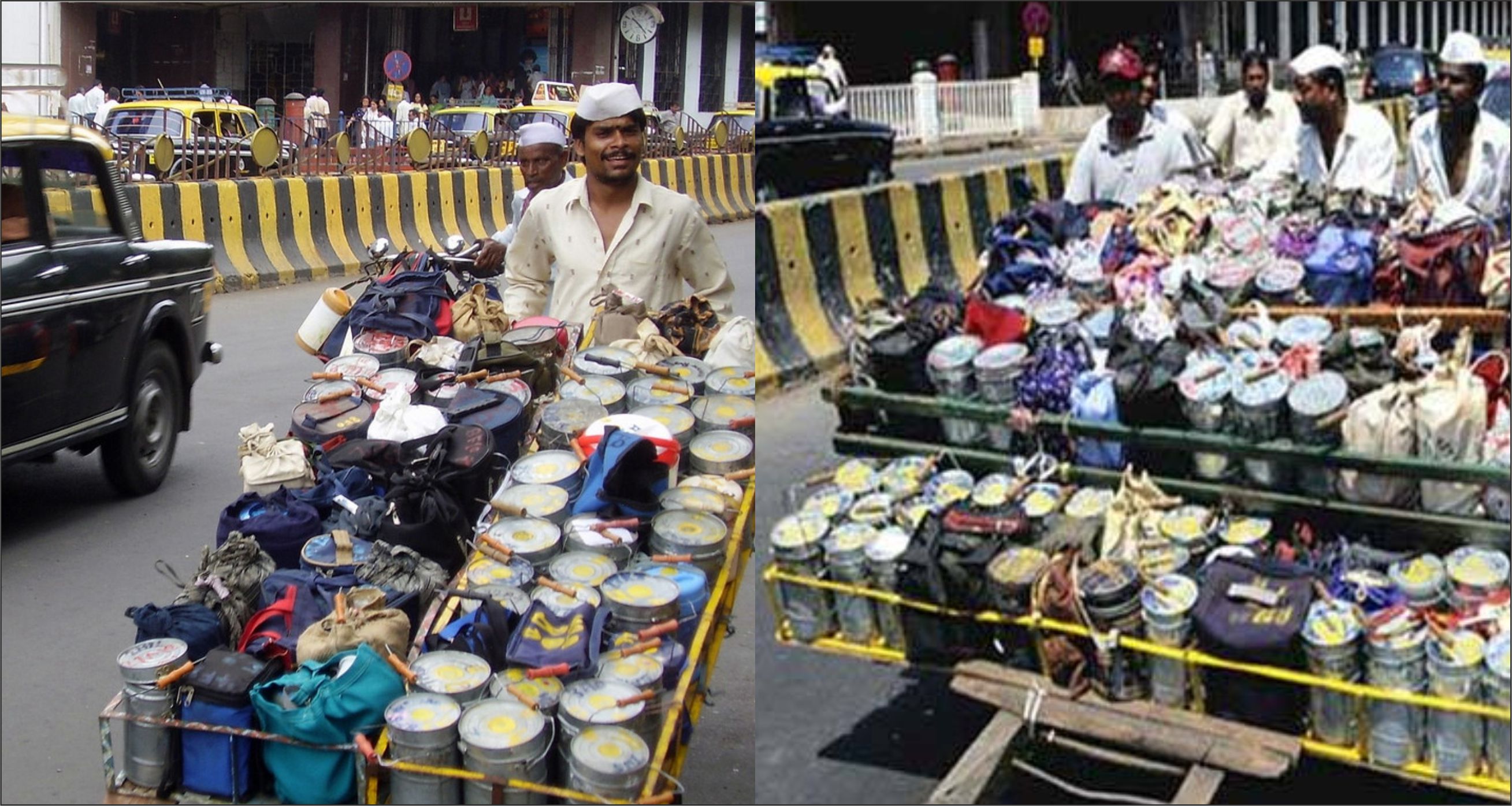Mumbai Dabbawala Business Module

The Mumbai Dabbawala system is an iconic and efficient lunchbox delivery service in Mumbai, India, renowned for its precision and reliability. Here's an overview of how the Mumbai Dabbawala system works:
The Concept:
- Customer Base:
- The service primarily caters to office-goers and workers who prefer homemade food. Customers subscribe to the service to have their lunchboxes (dabbas) picked up from their homes and delivered to their workplaces.
Collection and Sorting:
-
Morning Collection:
- Dabbawalas start their day early in the morning by collecting lunchboxes from residential areas. These could be handed over by the family members or left at a designated spot.
-
Coding System:
- Each lunchbox is assigned a unique color-coded and alphanumeric code. This coding system is simple yet effective, allowing Dabbawalas to identify the destination and source of each dabba.
-
Sorting:
- The collected lunchboxes are then sorted based on their codes at a central location, typically a designated area or sorting hub. This is a crucial step to ensure accuracy in the delivery process.
Transportation:
-
Delivery by Train:
- Once sorted, the lunchboxes are loaded onto trains. Mumbai's local train network plays a pivotal role in this process. Dabbawalas use the local train compartments reserved for them to transport the lunchboxes swiftly across the city.
-
Bicycle and Handcart:
- At the destination train station, Dabbawalas use bicycles or hand-driven carts to carry the lunchboxes to the final delivery point, which is usually the customer's workplace.
Delivery and Return:
-
Delivery to the Workplace:
- Dabbawalas deliver the lunchboxes to the respective offices, ensuring that each dabba reaches the correct person. The efficiency of the coding system is evident at this stage.
-
Lunchtime:
- After lunch, the empty lunchboxes are again collected by the Dabbawalas and sent back to the customer's residence using the same process.
Key Features:
-
Punctuality and Accuracy:
- The Mumbai Dabbawala system is renowned for its impeccable punctuality and accuracy. Despite the complexity of the city and the sheer volume of lunchboxes, the error rate is remarkably low.
-
Teamwork and Organization:
- Dabbawalas operate in a well-organized and structured manner, relying on teamwork and a decentralized management system.
-
Low-Tech System:
- Interestingly, the entire process is managed without the use of modern technology or advanced logistics. The reliance on human efficiency and a robust coding system has been a hallmark of their success.
In essence, the Mumbai Dabbawala system is a testament to the power of simplicity, efficiency, and the dedication of its workforce, showcasing how traditional methods can be incredibly effective in a modern urban setting.


 The BharatBiz
The BharatBiz

 1262
1262

 16
16

